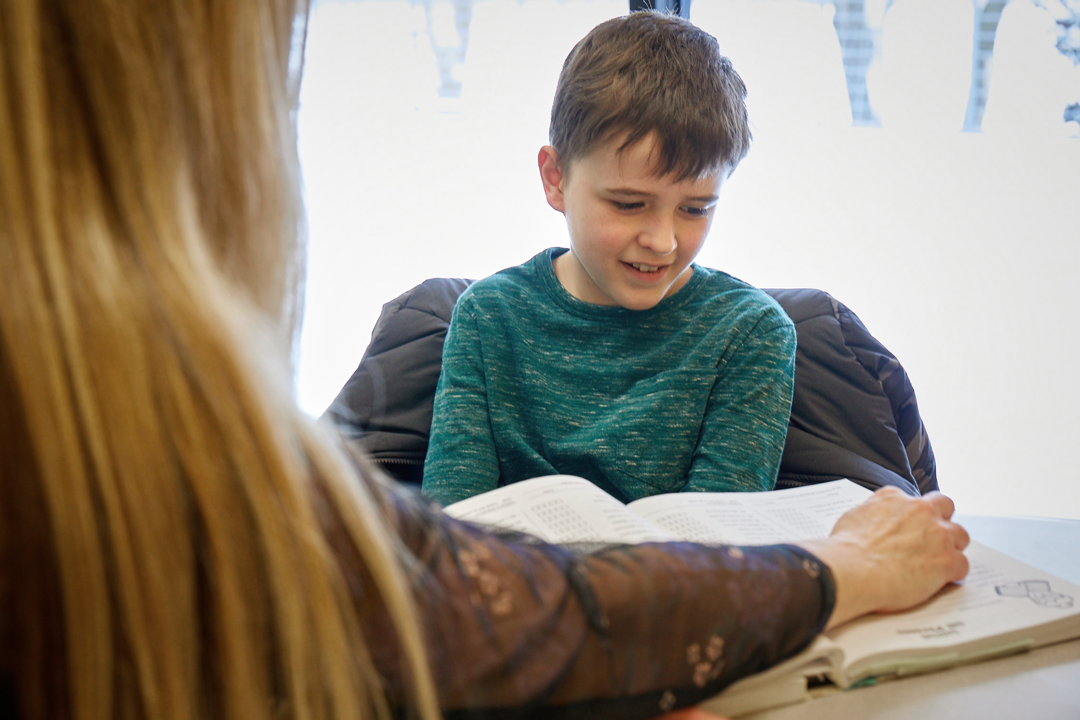
I can tell you that there is nothing better than when we, at the Center, receive the list of the children who have received a scholarship to receive therapy at our organization.
One of my favorite ways to work on skills in speech therapy is shared book reading. I love helping parents figure out how to get the most bang for their buck while sharing a book with their kids. Book reading can go far beyond simply pulling the words off the page, and this is such a simple activity that can easily be taught and requires minimal effort.
"It’s easier than it sounds, and I bet you’re already doing some of these things as you read with your child."

It’s easier than it sounds, and I bet you’re already doing some of these things. If you can include at least one of these strategies as you read with your child, you’re setting your child up for success in so many ways, well beyond simply learning to read. I will break down each element and share examples of what they might look like below.
Start by directing the child’s attention to illustrations, print, or word meanings. "The Book with No Pictures" by BJ Novak is a super fun book for this.
Next, engage your child in discussions focused on understanding the meaning or sequence of events in a story. I like "The Adventures of Beekle: The Unimaginary Friend" by Dan Santat to help with these skills.
Finally, let’s talk about helping your child draw connections between the book and their own life. This is so important for your child to comprehend better and remember the information or story read. I recommend "The View at the Zoo" by Kathleen Long Bostrom for this.
If you include one of these elements into your storytime with your child, you’re helping in countless ways which can impact their reading fluency, comprehension, language, and even articulation. With this strategy, you really can’t go wrong and your child will benefit across the board.